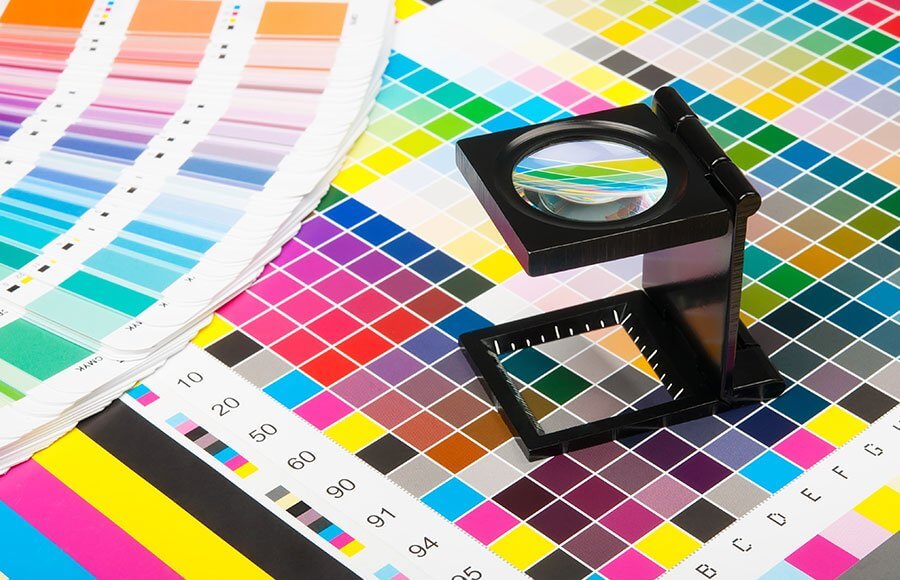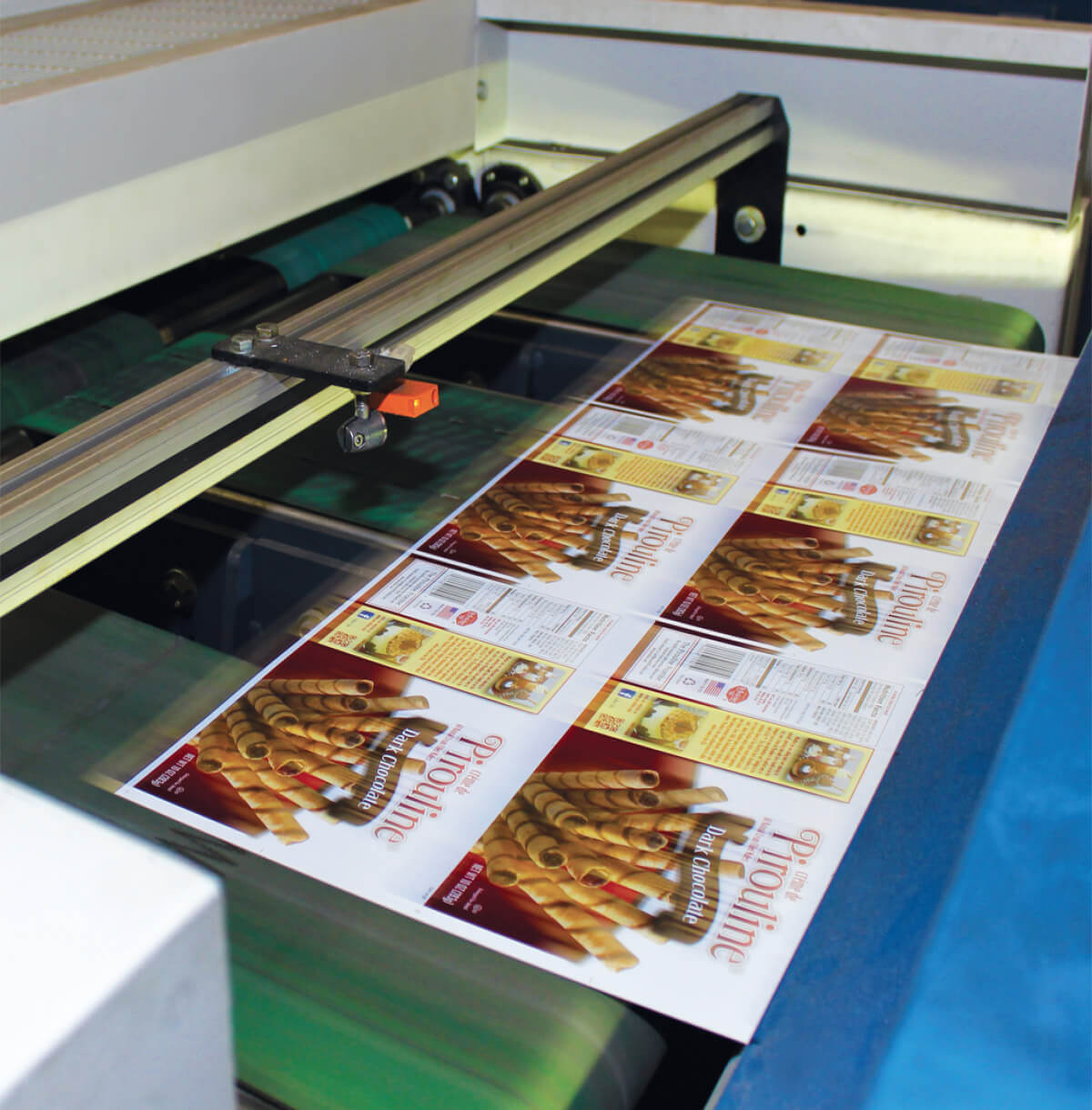All You Should Know About litho printing
All You Should Know About litho printing
Blog Article
A Comprehensive Overview to Comprehending Litho Printing Strategies
The globe of litho printing, a technique stemming from the late 18th century, is a fascinating blend of background, advancement, art and scientific research. Keep with us as we journey right into the exciting realm of litho printing.
The Historical Evolution of Litho Printing
The historic trajectory of litho printing, an essential technology in the world of communication, is a captivating story of human ingenuity. Birthed in the late 18th century by Alois Senefelder, this technique was at first an economical method of publishing staged jobs. Lithography, obtained from the Greek words for 'stone' and 'to compose', used a smooth rock surface to transfer photos onto paper. The procedure evolved with the arrival of the rotating press, which greatly raised productivity (litho printing). In the 20th century, the technology of balanced out lithography transformed the industry, enabling automation of top quality prints. Each phase of litho printing's evolution showcases mankind's relentless quest of performance and top quality in aesthetic interaction.
Deciphering the Science Behind Litho Printing Inks
Moving on in the exploration of litho printing techniques, the focus currently changes to the science behind litho printing inks. The composition of these inks, their drying out process, and color mixing strategies create the foundation of this complicated art type. Recognizing these elements is crucial to grasping the craft and accomplishing the desired print outcomes.
Composition of Litho Inks
In lithographic printing, the fundamental function of litho inks can not be overstated. Pigments, the color-providing aspects, are carefully ground fragments put on hold in the vehicle, a fluid that brings the pigment onto the printing surface. Each component plays a crucial part in the final print's high quality, making the accurate solution of litho inks an intricate science.
Ink Drying Refine
From the composition of litho inks, interest transforms to the remarkable procedure of ink drying out. 2 key methods are made use of in litho printing: oxidative drying and absorption. Absorption, on the other hand, involves the ink seeping right into the paper fibers, which is a quicker procedure however can lead to less vivid shades.
Shade Combining Strategies
While the drying out process plays a vital function in litho printing, the scientific research of color mixing techniques holds equivalent significance. The scientific research behind litho printing inks also takes right into account the transparency of the ink, which affects how colors overlay and mix.
The Art and Style Elements in Litho Printing
Litho printing takes a breath life right into art and style via its distinct elements. Litho printing suits a range of shades, allowing artists to create dynamic and vibrant prints. This combination of precision and flexibility makes litho printing a favored option for lots of musicians and developers.
Modern Applications of Litho Printing Methods
Litho printing methods have actually located extensive usage in the contemporary business industry. Its influence and relevance proceed to expand with the arrival of new innovations and technologies in the area. This section will certainly discover these modern applications and the transformative function they play in the printing sector.
Business Litho Printing Uses
Litho printing continues to be a crucial component of the business industry. High-volume printing tasks, such as the manufacturing of books, papers, and product packaging, count on litho printing for its capability to provide exceptional picture quality and price efficiency. Litho printing additionally offers a wide shade range, superior to that of electronic printing.
Advancements in Litho Printing
Pressing the boundaries of traditional strategies, modern-day innovations have actually sustained a host of innovations in litho printing. One noticeable advancement is electronic litho printing, which incorporates the merits of digital technology with litho's top quality outcome. These technologies emphasize the enduring significance of litho printing in the contemporary globe.
Discovering the Process of Litho Printing: Detailed

Obstacles and Solutions in Contemporary Litho Printing

Despite the accuracy and custom that litho printing happily supports, it is not without its set of contemporary difficulties. One of the most widespread problems include the high initial setup price, trouble in printing variable information, and environmental worries as a result of chemical use. Nevertheless, solutions are becoming technology advances. Digital litho printing permits economical short runs and very easy modification, attending to the problem of variable information. Environmentally-friendly inks and safer plate-making processes reduce ecological worries. In addition, developments in automation have decreased labor prices, further equalizing the lithography process. Thus, while there are obstacles, the litho printing sector is proactively adapting to meet them head-on, guaranteeing its relevance in the future.
Conclusion
To conclude, litho printing, with its rich background and clinical intricacies, holds a substantial place in my sources the print sector. As the overview discloses, it's a synthesis of art and technology, with modern-day developments ensuring its importance. Nonetheless, the market encounters obstacles that require ingenious options, with an emphasis on automation and sustainability. The future of litho printing rests on its ability to adjust to these transforming needs, attesting its enduring worth in an evolving market.

Report this page